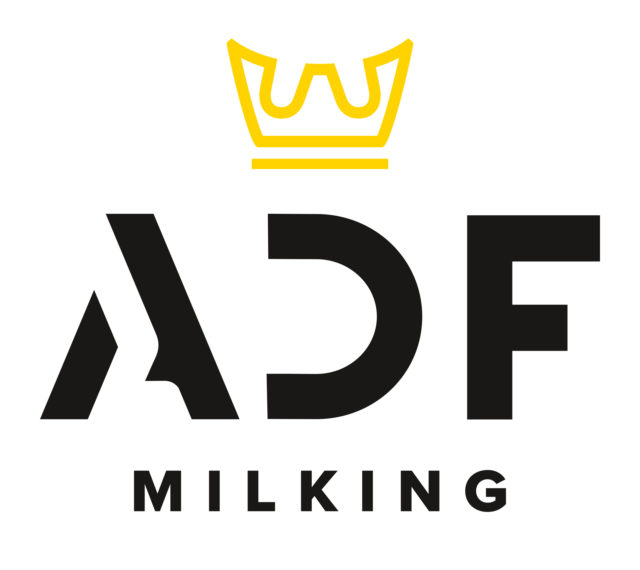We sometimes forget that, for the most part, hearing is damaged over time, and constant exposure will quicken the hearing loss process. Noise on the farm is inevitable, and there may be very few times during the day when we experience absolute peace and quiet. But what happens when we are exposed to prolonged periods of excessive noise? And what constitutes loud noise or an extended period of time?
This article will look at noise levels on the farm, proper precautions and some best practices related to hearing protection. We will also examine employer responsibilities related to employees and noise on the farm. Employers have a duty to take all measures reasonably necessary in the circumstances to protect workers from exposure to hazardous sound levels.
So how do you know if noise is considered hazardous? We use the information below.
- How loud the sound is
- How long the exposure lasts
- How often the exposure is repeated
The Occupational Health and Safety Act requires that the employer must make sure that no worker is exposed to a sound level greater than a time-weighted average exposure limit of 85 dBA measured over an eight-hour workday.
Keep in mind, you want to consider the combined noise levels in an area as well. In various areas on your farm, there may be more than one piece of equipment or other source of noise running simultaneously.
How do we measure noise?
dB stands for decibel and is a unit of sound measurement. This unit measures the loudness of a sound or the strength of a signal, computed as the signal-to-noise ratio. Humans do not hear all frequencies equally. For this reason, sound levels in the low frequency are reduced, as the human ear is less sensitive at low audio frequencies than at high audio frequencies.
To account for this, different weightings have been created to give a loudness measurement that takes into account how the human ear actually perceives sound. Values that have been corrected using the “A” weighting system are shown using units of dBA. Values not corrected to account for human hearing are written using units of dB.
You can use a sound level meter to measure the exact noise level. You can also download the NIOSH Sound Level Meter app. NIOSH developed the NIOSH Sound Level Meter app to help measure sound levels with a mobile iOS device. This can be a good starting point to help determine the areas, tasks or equipment used in your workplace that may produce a hazardous level of noise.
Even if you are not using specific equipment to measure sound levels, you need to be evaluating noise levels throughout your workplace in some way. Think about times when you need to raise your voice or shout when speaking to someone in your workplace.
Sounds that are 85 dBA often require you to raise your voice to be heard by someone 3 feet away. Some examples of equipment that can produce noise levels around 85 to 90 dBA include push lawnmowers or power tools.
As noise reaches 95 dBA or more, you likely have to shout to be heard by someone 3 feet away. Exposures that average 95 dBA or higher include some tractors or heavy-duty equipment or chainsaws.
There are some other common signs you should watch out for that may indicate you have been exposed to a hazardous level of noise. You may find your ears ring or sounds seem dull or flat after leaving the noisy area. Another good indicator is that you need to turn up the car radio or your phone volume at the end of your shift compared to before your shift. You may also notice the radio volume feels too loud when you get in your car the following day. After years of excessive noise exposure, you may have trouble understanding conversations at parties, or restaurants, or in crowds where there are many voices and "competing" noises.
Noise levels
According to the OHSA act, sound level equal to or greater than an equivalent sound exposure level of 85dBA calculated as a time-weighted average over an eight-hour shift requires hearing protection. Therefore, any area on your dairy, piece of equipment or work task that is equal to or exceeds this level is what we are concerned with. To put this into perspective, below are some examples of typical dBA levels on the farm.
- Tractor, without cab: 90-100dBA
- Tractor, with cab: 80dBA
- Augers: 93dBA
- Skid steer, full throttle: 85dBA
In Ontario, we also refer to the NIOSH guidelines, along with the OHSA, to determine what levels of noise are considered hazardous and what controls are needed in the workplace.
NIOSH established a recommended exposure limit (REL) of 85 A-weighted decibels (dBA) averaged over an eight-hour workday. Workers exposed to noise at or above the NIOSH REL are at risk of developing significant hearing loss over their working lifetime.
NIOSH has also created guidelines relating to higher levels of noise. NIOSH recommends no more than this level of exposure (dBA=A weighted decibels)
- 82dBA – no more than 16 hours
- 85dBA – no more than 8 hours
- 88dBA – no more than 4 hours
- 91dBA – no more than 2 hours
- 94dBA – no more than 1 hour
- 97dBA – no more than 30 minutes
- 100dBA – no more than 15 minutes
The allowable noise exposure limit decreases by half for every 3 dBA increase in loudness.
When multiple pieces of equipment are being used in the same area, that can also have an effect on the noise level. For example. if one machine emits a sound level of 90 dB, and a second identical machine is placed beside the first, the noise level increases but the dB does not double. In this case, the combined sound level is 93 dB, not 180 dB.
Employer duties and best practices
The act states that “Every employer shall take all measures reasonably necessary in the circumstances to protect workers from exposure to hazardous sound levels.” As we said, identifying areas with high noise levels and finding ways to measure sound levels is the first step.
Once you have identified the areas with hazardous noise levels, you need to determine the most appropriate and effective control and implement it. There is a hierarchy when determining the best control because some controls are more effective at reducing or removing a hazard. You might need to use a combination of controls to reach a safe level of noise. When determining what controls you will put in place, consider this hierarchy.
- Elimination: The most effective action is to remove the source of the noise.
- Substitution: Use a quieter alternative, such as quieter equipment or tools.
- Engineering controls: These remove hazardous conditions or place a barrier between the worker and the hazard. For example, you may be able to isolate the noise source in an insulated room or have a barrier between the noise source and the worker, such as a cab on a tractor.
- Administrative controls: These are work practices that reduce the duration, frequency or level of exposure. For example, rotating tasks or providing quiet areas for breaks.
- Personal protective equipment: PPE is the least effective control because it relies on proper selection and use of PPE and does not reduce the hazardous noise in the area. PPE can be used if other approaches cannot reduce noise to a safe level.
Hearing protection
If hearing protection is used, it must be selected and worn properly so that it can reduce the noise to a safe level but still allow employees to hear what is going on around them in order to stay safe. For example, you would not want an employee working around cows if they had noise-cancelling headphones on. Because of this, the type of hearing protection must be carefully considered. Hearing protection should not be uncomfortable for employees or they will be less likely to follow the requirements for use.
The act also requires that the employer post a clearly visible sign in areas where hearing protection is necessary. You may need one in your parlour when the fans are on, or while the crowd gate is moving and the parlour is filling. Also while cleaning stalls, bedding, etc.
At the end of the day, we want to make sure we are protecting our hearing over time, throughout careers in agriculture and on the dairy especially. Hearing damage is irreversible and lost forever once it is gone. Because we are not aware as it is happening, once it is found out, it is generally too late. Following best practices, using proper hearing protection and monitoring sound levels is the best way to protect yourself and your team.










